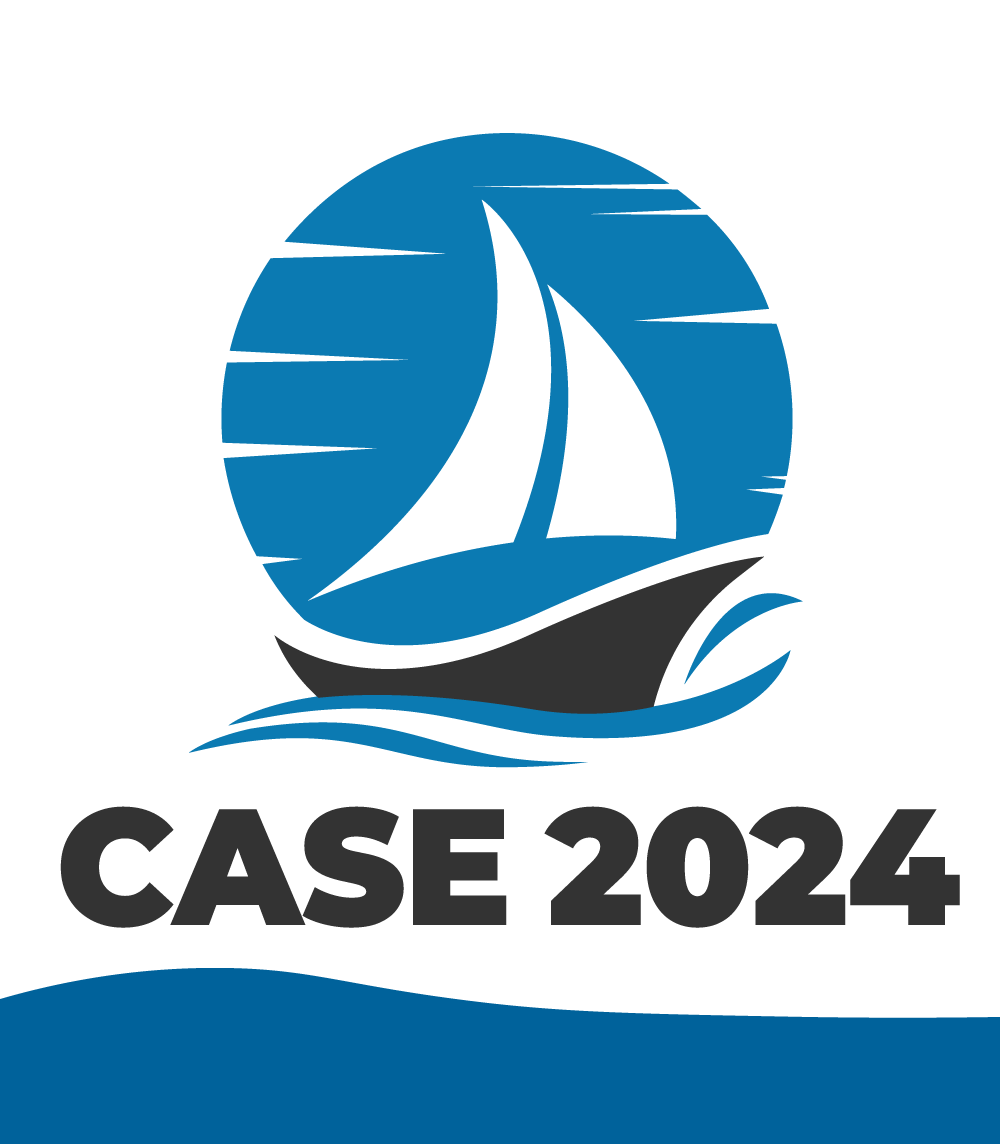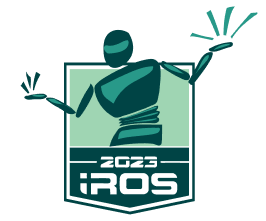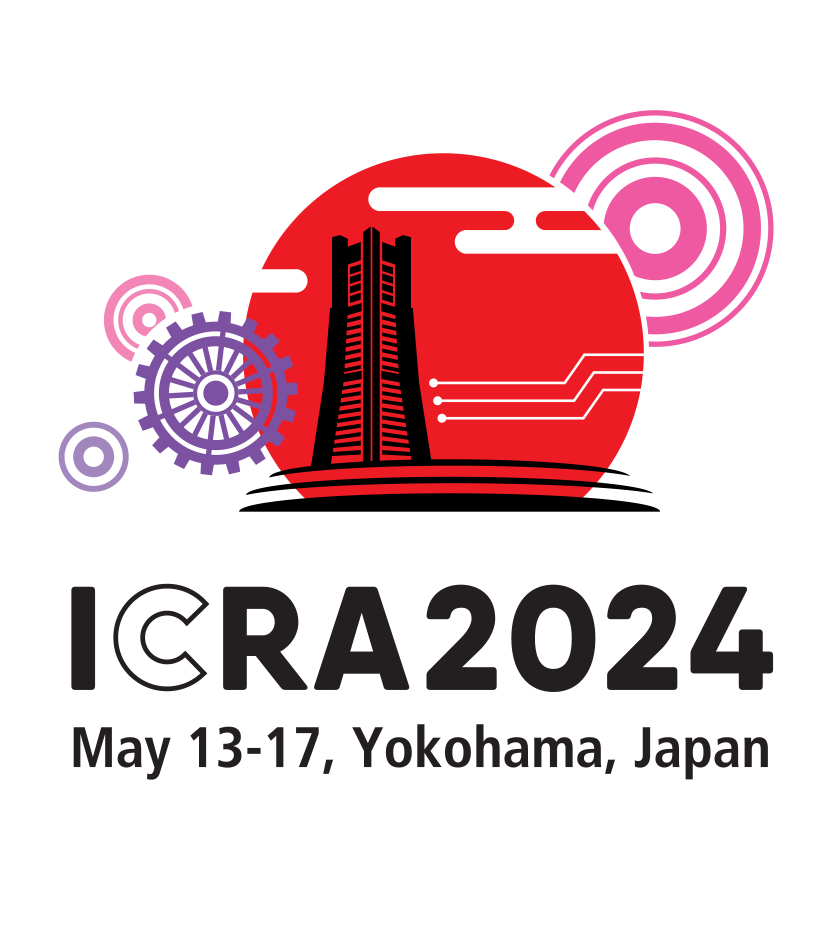ICRA Conference Editorial Board Charter
Charter of the RAS Conference Editorial Board
I. Purpose
The ICRA Conference Editorial Board (CEB) is charged with reviewing papers for ICRA and maintaining year-to-year consistency in the quality of the reviewing process. The results of the review process are transmitted to the ICRA Program Chair for final decision on acceptance.
II. Composition
The CEB consists of an Editor-in-Chief (EiC), several Editors (Eds) and Associate Editors (AEs). The number of Editors and Associate Editors is decided on the basis of the number of submissions to the handled. The term of the Editor-in-Chief (EiC) and Editors all CEB members is three years, once renewable.
The Editor-in-Chief (EIC) is appointed by the President of IEEE RAS upon recommendation by the Conference Technical Programs Committee (CAB-T) and endorsement by the Vice President for Conference Activities.
The Editors will be appointed by the EiC, after approval by the Conference Technical Programs Committee (CAB-T). Each Associate Editor will be appointed by an Editor, after approval by the EiC.
III. Operation
The CEB will handle the paper review process for each ICRA through an appropriately chosen conference management software package. The CEB collects reviews and provides recommendations on acceptance, but does not make the final decision. The review results are transmitted by the EiC to the Program Chair of the corresponding ICRA, who then makes the final decision on acceptance.
IV. Reports
The EIC will make reports on the functioning of the CEB and of the progress and results of reviewing at each CAB-T meeting.
V. Tasks of the CEB
The EiC, in consultation with the Conference Activities Board Technical Programs Committee, prepares and maintains a list of keywords adequately describing the technical scope of the Conference.
Based upon matching of keywords, and taking in consideration an even balance of the workload, submitted papers will be assigned by the EiC to the Eds.
Eds assign papers to AEs in their area, on the basis of keywords and load balancing.
AEs will solicit at least two external reviews per paper from experts of their choice. The AEs will inform reviewers of the requirements on timeliness, accuracy and constructiveness of reviews, and will supervise so that these are met by the reviews. AEs do not provide reviews for the papers themselves. Based on the reviews and on their own reading of the submitted paper, the AEs will make a recommendation about acceptance or rejection, accompanied by a report briefly summarizing the reviews and providing thorough motivations for the recommendation to the authors.
The summary rejection of a paper may be proposed by the AE assigned to that paper. The AE writes a review justifying the summary rejection, and transmits the summary rejection to the appropriate Editor. If the Editor approves the rejection, then the paper is summarily rejected without further review. If there is any disagreement or uncertainty, the paper is sent out for review.
The AE's recommendation will be overviewed by the supervising Eds, who will be responsible for checking that the quality standards of the review process (including number and depth of reviews, significance of AE's report) have been met. The Eds will issue a confirmation for each recommendation, whereby the correctness and completeness of the reviewing procedure is endorsed.
The EiC will supervise the whole process, collect data and statistics, and provide the conference's Program Committee (PC) with a comprehensive and organized set of data on submissions and their reviews. The final decision on acceptance or rejection will be made by the ICRA conference's Program Committee (PC). The EiC will support the PC by providing information on the review process, technical support with data retrieval and presentation, and by participating to meetings of the PC.
The PC Chair will be in charge of interfacing with the authors, sending them the decisions, and dealing with possible requests for clarification and complaints. The EiC will provide data and evidence to support the EiC in this phase.
VI. Interaction with the Conference's Program Committee (PC)
A typical PC would be formed the order of 20 members, effectively acting as an executive body;
The PC sets the target acceptance rate and makes the final decision about acceptance or rejection for all of the papers which have not been summarily rejected.
The PC handles all aspects of organizing the conference, such as forming the technical program, assigning papers to sessions, special sessions, invited talks, videos, best papers, and 6 workshops and tutorials.
Prior to the PC meeting, the EIC of the CEB and the PC chair will go over the results of the review process, identifying particularly those papers which are borderline or otherwise require further PC scrutiny.
The PC chair distributes papers to PC members and possibly Technical Committee (TC) chairs for session formation and decisions about borderline papers.
The Program Chair will consider the opportunity to recruit members from the TC Chairs into the PC, upon consultation with the VP for Technical Activities.
The EIC of the CEB and (if needed) his/her assistant will attend the PC meeting.
VII. Costs
The RAS will pay for a part-time assistant to the Editor-in-Chief.
The RAS will pay for the EiC and his/her assistant or other CEB members to attend CEB and other society meetings as it may be required.
A conference will pay for the travel expenses of the Editor-in-Chief and his/her assistant to attend the PC meeting or other meetings as it may be required by the PC Chair.







